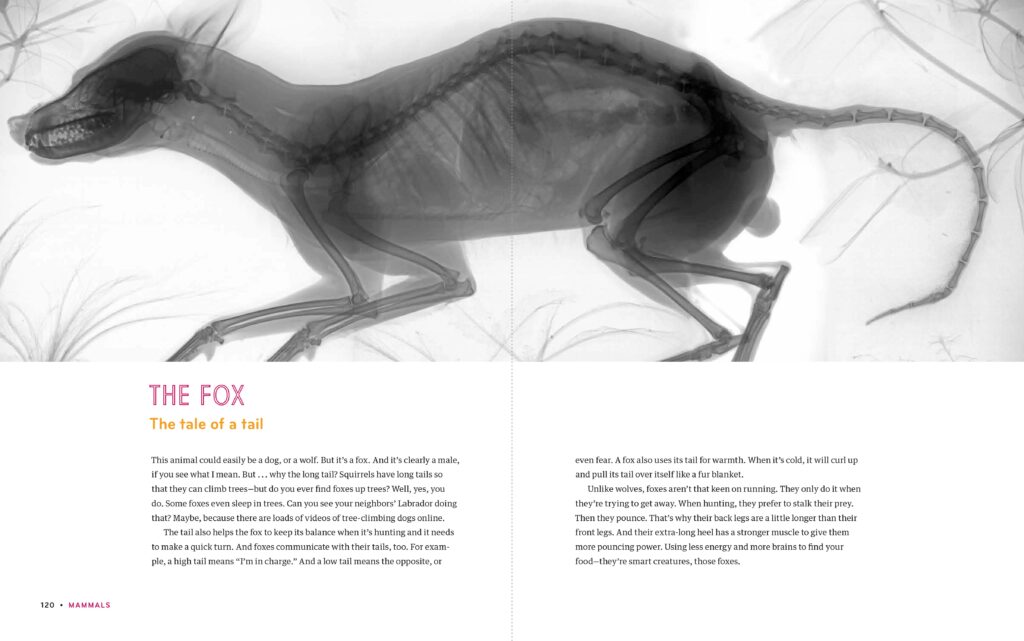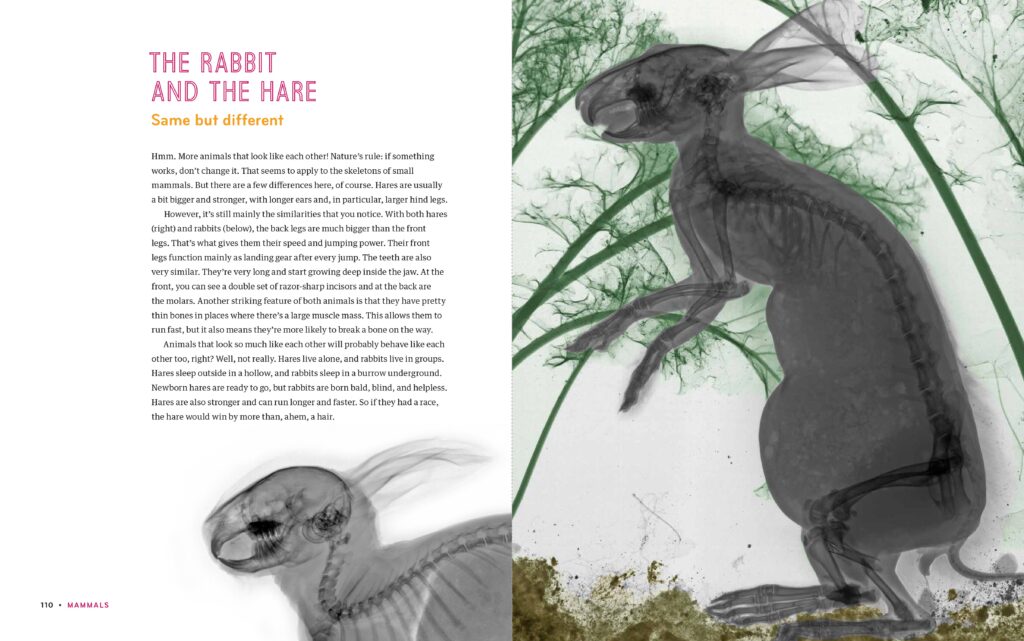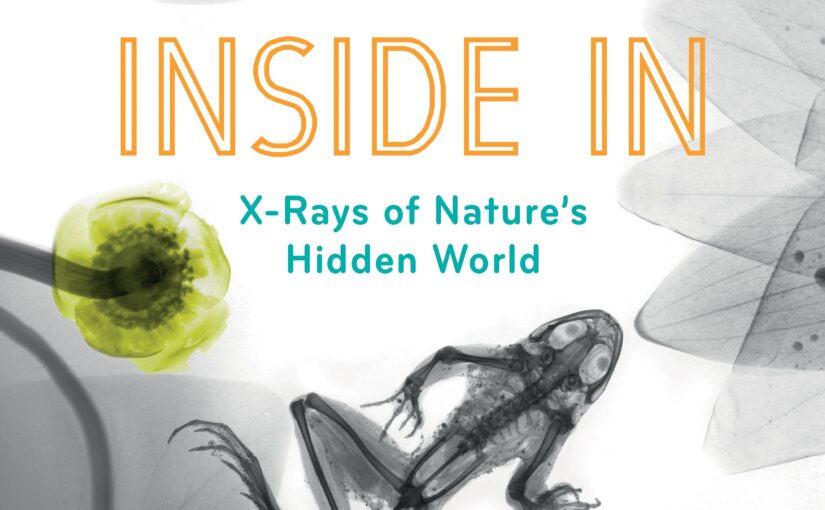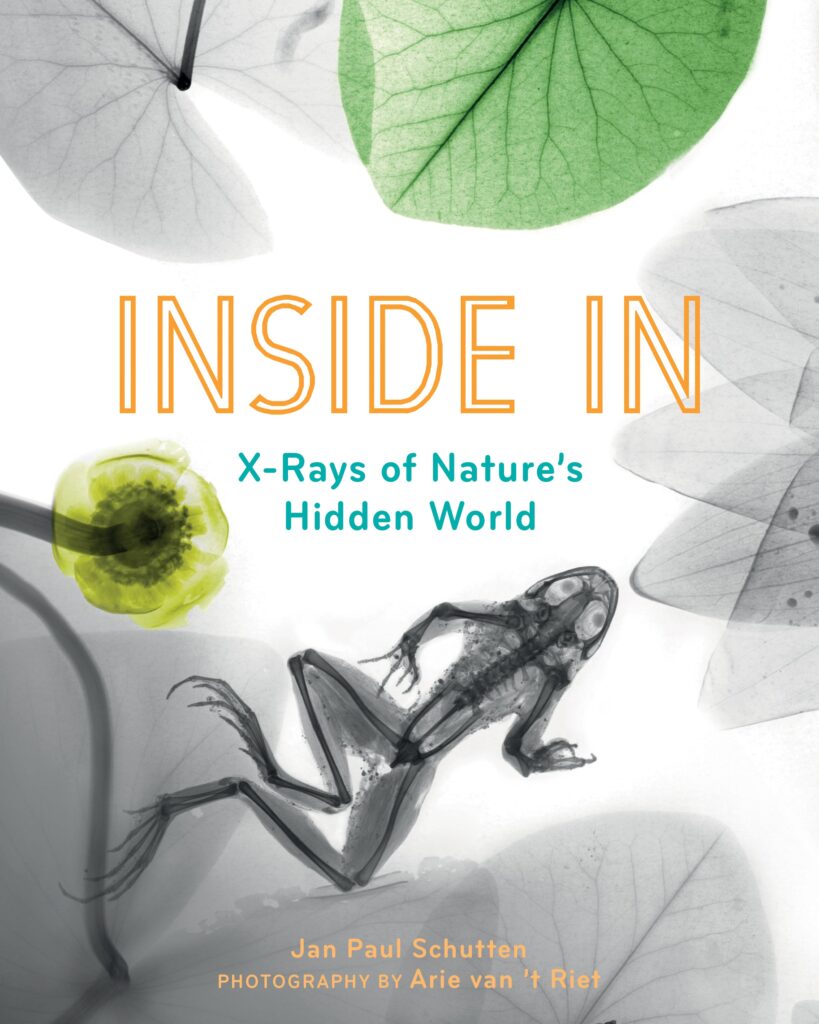Kids are inherently curious and that’s a fact that applies to every child regardless of age. Rare is the book that makes middle school and elementary school students equally curious. Either the book is too simple for older readers, too advanced for younger readers, has content that’s in-between the two demographics or simply just is not interesting. Inside In is a book that immediately grabs the attention of kids aged six through 14 and even north of that. It’s a coffee table book for STEM-minded folks, as well as, those who simply like to take their mind on a trip. The subtitle of the book, X-Rays of Nature’s Hidden World, gives you the immediate reason as to why kids will be engrossed in it.
X-Rays are amazing. They’re the go-to example for the letter X, and provide imagination fuel to kids because they demonstrate something that they see every day, but never really get the full picture of. I have some X-Rays of my chest from a couple of years ago and my kids absolutely love looking at them.
Inside In shows the X-Rays of dozens of fish, reptiles, birds, mammals, and other smaller critters. Alongside those images, author Jan Paul Schutten has crafted two to four paragraphs that playfully give examples of what they ate, who ate them, where they lived, the history of their ancestors, and more. The images are real X-Ray photographs of the animals in their environment. Sometimes the flowers they live on, the water they swam in, or the trees they climbed are shown with color contrast but are also photographed via X-Ray. The result is images that move in your mind’s eye as if you’re the one who can suddenly see with X-Ray vision.

It’s an amazing effect that makes you question how the book was made. Initially, using my newly acquired superpower of X-Ray vision, I thought that a camera had been developed without using as much radiation. The photos are cool, but using that much, if any, radiation just to take photos in the park is reckless. I hope I wasn’t there that day. In hindsight, I feel quite silly for thinking that.
Then I looked in Inside In and read the preface to the stunning photographs. It’s rare when I read the preface, but in the case of this book, it’s highly recommended. To say that Arie van ‘t Riet is just a photographer is like saying that a person’s wedding day is just a day. He’s a physicist, X-Ray professional, scientist, and TED talker. Essentially, he was given an X-Ray machine, because that was his job, and he practiced. His images were able to hone in on specific, minute aspects that could assist his coworkers in the hospital. Then he wanted to expand his craft and started to photograph larger animals, but exposing those animals to such radiation would be cruel. His answer was roadside accidents and the unfortunate animals that played Frogger and lost. Riet’s TED talk is awesome and really gives you insight into his work.

Inside In, X-Rays of Nature’s Hidden World is an art book, masquerading as an introduction to STEM. The text is too complex for most elementary-age students to read and really appreciate it. Those sixth-grade readers who dig into the book will understand and be able to tie in the text to the stories that the photos are trying to tell. Younger readers will still love the book, however, they’ll appreciate it as it’s being read to them. They can look at the images and let their imagination connect the dots. Any way you look at Inside In, it’s a fascinating book that’s hard to look away from.
Inside In, X-Rays of Nature’s Hidden World is by Jan Paul Schutten with photos by Arie van ‘t Riet and available on Greystone Kids.
There are affiliate links in this post.






 Facebook
Facebook Twitter
Twitter Flickr
Flickr GooglePlus
GooglePlus Youtube
Youtube